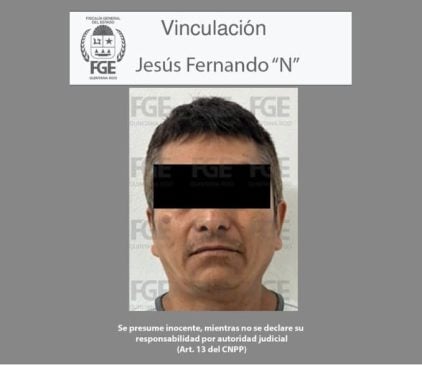Othón P. Blanco, Q.R. — The Ministry of Culture of the Government of Mexico says that the Dzibanché Archaeological Zone in southern Quintana Roo is now open. The pre-Columbian complex has a new look after being revamped through the Program for the Improvement of Archaeological Zones (Promeza).
According to the National Institute of Anthropology and History (INAH), it now has modern infrastructure in the areas of ticket offices, toilets, parking, trails and informative signage.
The recent archaeological conservation project allows visitors a more pleasant, safe and enriching experience with the new information generated around the site, whose occupation began in the Late Preclassic period (300 BC) and culminated toward the 16th century of our era.
Dzibanché is made up of four complexes of monumental architecture in the Petén style. At its peak, during the Classic Period (250-650 AD), it was ruled by the Kaan or Kaanu’l dynasty, according to the abundant hieroglyphic texts deciphered on monuments, steles and staircases, the INAH reported.
The architectural complexes mentioned include Dzibanché or Main Group, Central or Lamay Group, Tutil and Kinichná, interconnected by the Mayan sacbe’ob (white roads).
As part of recent investigations, in October 2024, the discovery of three facades with stucco reliefs was announced, alluding to the power of the Kaanu’l, through representations of ancestors, mythical animals and other traits of power – such as stone images of snakes, typical of that dynasty.
The systematic study of this site began in the 1990s. The project, registered in the Promeza, was led by the archaeologist from the INAH Quintana Roo Center, Sandra Balanzario Granados.


